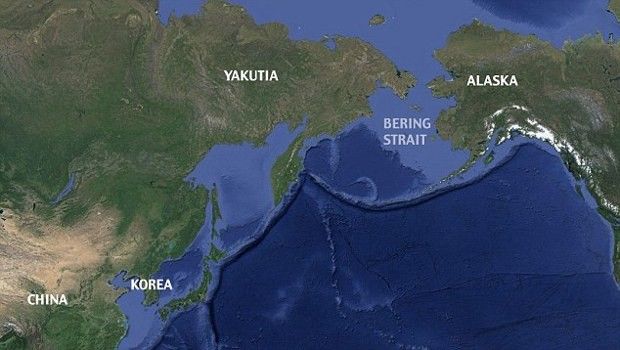Having excavated an archaeological site in Cape Espenberg on Alaska's Seward Peninsula, researchers have reasons to believe that folks in East Asia traded with people in the so-called New World centuries before Christopher Columbus was even born.
If they are right, the find would deliver yet another blow to Christopher Columbus' reputation as the discoverer of the Americas. Luckily, the explorer is long past caring about rumors and gossip about him.
Well, what's this evidence that they found?
As detailed by University of Colorado researcher Owen Mason and his colleagues, the excavation of the Rising Whale archaeological site in Cape Espenberg, Alaska, produced several artifacts, among which a bronze whistle and a bronze and leather buckle.
The artifacts are believed to date back to about 600 AD. The thing is that, in those days, folks in Alaska were pretty much clueless about how to work bronze and use it to make objects for everyday use.
Hence, specialists suspect that the bronze whistle and the bronze and leather buckle are the work of people living in East Asia in ancient times and that they ended up in Alaska because the two regions were in the habit of trading with one another.
“There is no evidence for the smelting, casting, or alloying of metals in the Western Hemisphere north of Mexico prior to the arrival of Europeans,” University of Colorado's Owen Mason and his team explain in a report detailing their discovery.
“These two artifacts give the best and least ambiguous evidence to date that non-ferrous industrial smelted metals were arriving in Alaska via prehistoric trade across the Bering Strait,” they add, as cited by Ancient Origins.
The whistle's and the buckle's most likely owners
This is yet to be confirmed, but specialists suspect that the centuries-old whistle and buckle they found in Alaska came from either China, Korea or Yakutia and were bought by members of the so-called Birnirk culture.
These ancestors of ours populated both sides of the Bering Strait, and archaeological evidence at hand indicates that they made a living using boats and harpoons to hunt down and kill whales in local waters.

 14 DAY TRIAL //
14 DAY TRIAL // 

